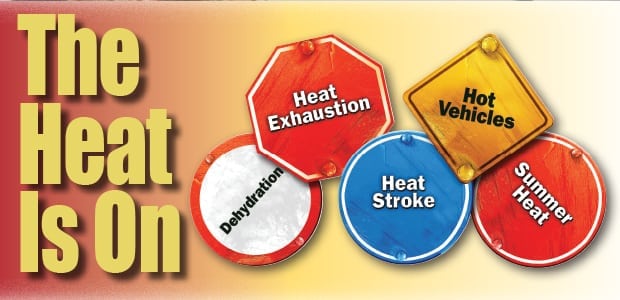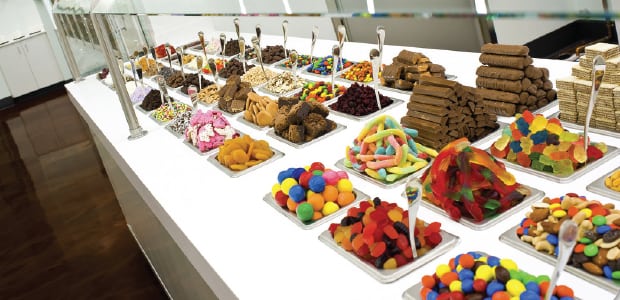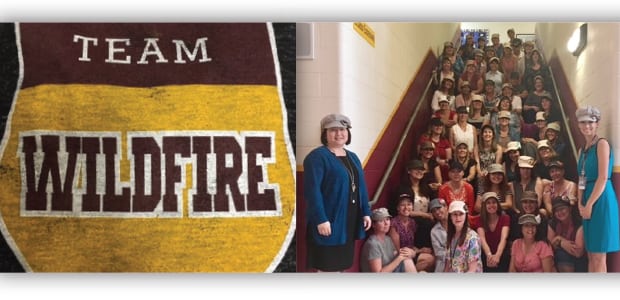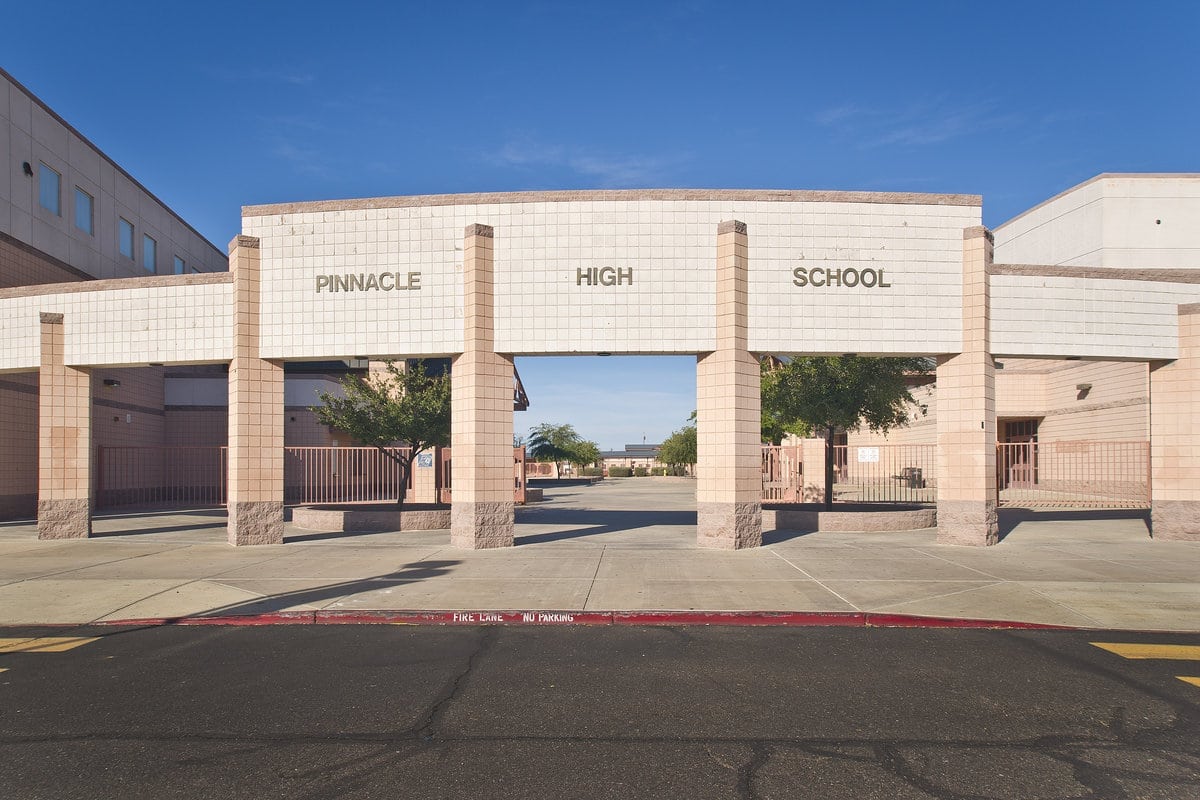The Heat Is On
Summer heat is something that valley residents just learn to deal with. During this time of year expressions like “It beats shoveling snow in the winter” and “Yeah, but it’s a dry heat” get thrown around a lot. Keeping a positive attitude about our summer heat is great. However, there are several health conditions that are associated with the warmer temperatures. These conditions range from rashes and dehydration, to heat exhaustion and heat stroke. Like any other health condition, prevention is key to avoid these specific heat related issues. Preventative measures include keeping hydrated, staying in the shade, and restricting strenuous outdoor activities until the cooler evening hours. Second only to prevention is learning to recognize the symptoms of these conditions and address them as soon as possible.
Dehydration
Dehydration is one of the most frequently seen conditions during the summer months. Our bodies are made up of about 60% water and that percentage is even higher for babies and children. Hydrating with enough water is especially important during the summer months. Experts say that each day we need about one ounce of water for every two pounds of bodyweight. Sports drinks can also help but watch out for the sugar content when taking them in. Limit drinks containing alcohol as well because they are actually diuretics. Consumption of alcoholic beverages encourages the kidneys
to lose extra fluid and increases the body’s water need.
Dehydration can come on quickly when we are losing more fluids than we are taking in so it’s important to recognize the following signs:
- Increased thirst.
- Dry mouth.
- Heart palpitations.
- Decreased and dark urine output.
- Headache
- Dry skin.
- Dizziness
What to do if you suspect Dehydration:
You can usually reverse mild to moderate dehydration by drinking more fluids, but severe dehydration needs immediate medical treatment.
Heat Exhaustion
Doing activity in a hot environment can outpace the body’s ability to cool itself, causing heat-related symptoms. Heat exhaustion can occur with or without dehydration occurring. Symptoms of heat exhaustion include:
- Profuse sweating
- Weakness
- Cool, pale, clammy skin
- Fast, weak pulse
- Possible muscle cramps
- Dizziness
- Nausea or vomiting
- Fainting
What to do if you suspect Heat Exhaustion:
- Move the individual (even if it’s you) to a cooler environment
- Lay down and loosen clothing
- Apply cool, wet cloths to as much of the body as possible
- Fan the individual as much as possible
- Offer sips of water
- If person vomits more than once, seek immediate medical attention.
Heat Stroke
Although heat exhaustion is a serious condition, heat stroke is an even more serious condition, which requires emergency medical attention. Symptoms of heat stroke include:
- An altered mental state
- One or more of the following symptoms: throbbing headache, confusion, nausea, dizziness, or shallow breathing
- A body temperature above 103°F
- Hot, red, skin (dry or moist)
- Rapid and strong pulse
- Fainting or loss of consciousness
What to do if you suspect Heat Stroke:
- Heat stroke is a severe medical emergency. Call 911 or get the victim
to a hospital immediately. Delay can
be fatal. - Move the victim to a cooler, preferably air-conditioned, environment.
- Reduce body temperature with cool cloths or bath.
- Use fan if heat index temperatures
are below the high 90s. A fan can make you hotter at higher temperatures. - Do NOT give fluids.
Your Car is an Oven
Another thing to keep in mind during the summer months is just how hot the inside of a parked car can get. Despite numerous national campaigns, children and pets are sometimes left in parked vehicles during the summer months. Studies have shown that the temperature inside a parked vehicle can quickly rise to dangerous levels when the air conditioning is not running. If you leave the windows slightly open, it is not enough to significantly decrease the heating rate. Brain damage, dehydration, and even death can occur in just minutes from the internal heat of a parked car in the summer.
Despite high temperatures, summer can be an amazing and fun time in our community and the valley as a whole. We need to simply promote awareness and educate everyone about summer safety. Desert Ridge is a much better place when we have involvement form our community members.
Stay cool out there.








